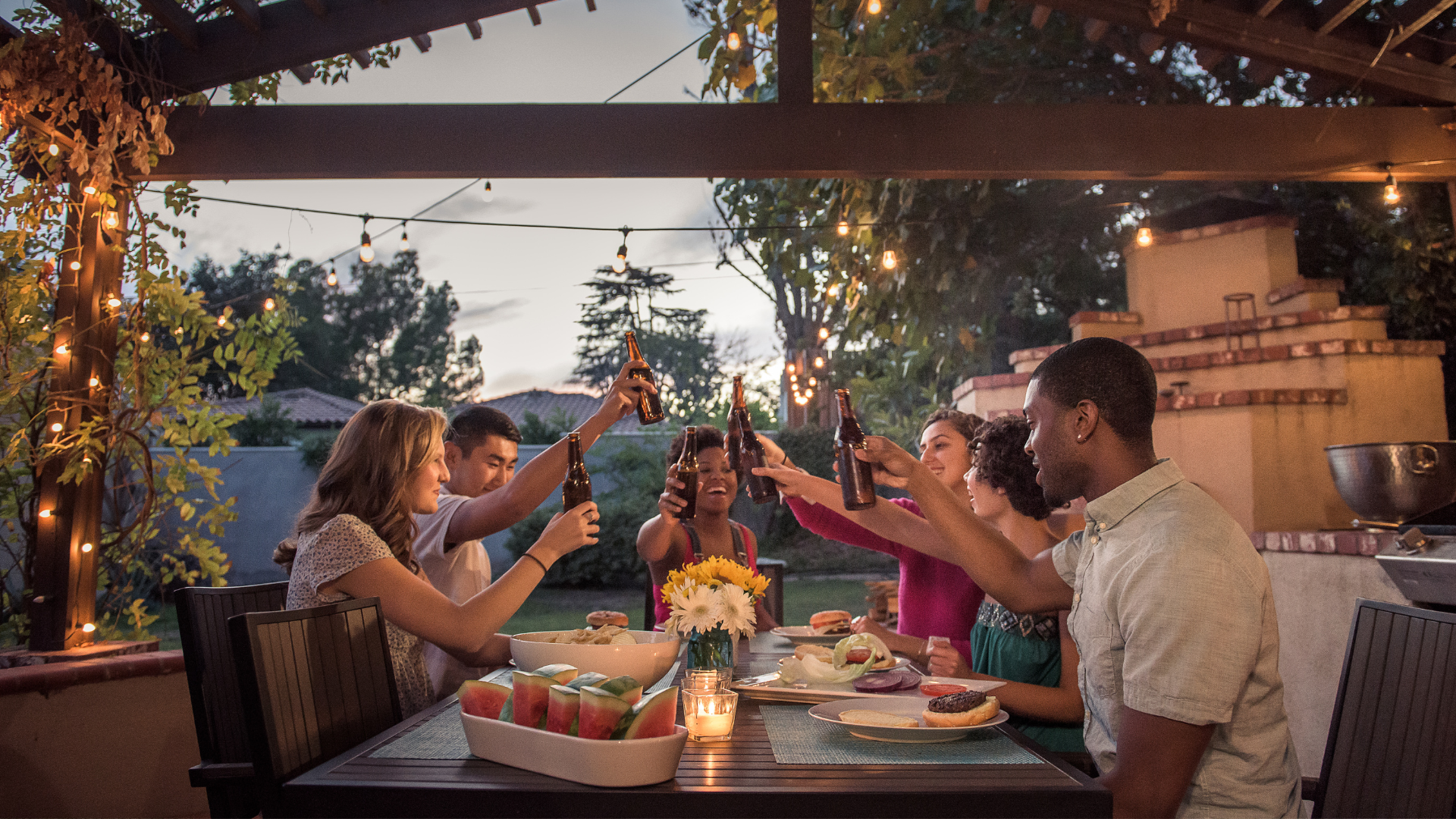The Big Banks are your MOST expensive mortgage option.
If you qualify for mortgage financing at any of Canada’s big six banks, chances are you will be eligible somewhere else as well. And you could be paying A LOT less interest and have a more flexible mortgage.
Recent analysis shows that in 2018 having a mortgage (dealing directly with) RBC, TD, BMO, Scotiabank, CIBC, or the National Bank of Canada was consistently the most expensive option for Canadians. Even the lowest rates of the big six were always costlier than the lowest rates from smaller lenders.
For example, when RBC lowered its 5-year fixed rate to 3.74%, consumers on that rate would pay $2,560 per month on a $500,000 mortgage (25-year amortization with 20% down to avoid paying CMHC insurance). The best available rate at a monoline lender at the same time was 3.23%, saving borrowers $134 per month (with a payment of $2,426). When you roll this savings out over the lifetime of the mortgage, you’re looking at a savings of $40,200.
But let’s not just compare mortgages by their rate, (which is like comparing cars based on their colour alone). When you look at all the mortgage features and compare the big 6 banks to mono-line lenders, you find that the smaller lenders have the edge here as well.
Without getting too heavy into the details, understanding the cost to break your mortgage is the single most important decision you should make when considering a mortgage. Your mortgage will either have a three months interest penalty, or what’s called an Interest Rate Differential Penalty (IRD).
Unfortunately, there is no standardization in how IRDs are calculated in Canada, this leaves each institution to create their formulas on how to charge you extra money. One thing is for sure, big banks are fantastic at making money, as such the cost to break a mortgage at a big bank is considerably more than at a smaller lender.
Another reason the big banks are your most expensive mortgage option is that they really don’t provide you with real mortgage options at all. They only sell their own products.
When you deal with a single financial institution, you are dealing with a banker, who is paid by the bank, to make the bank money. This person doesn’t have your best interests in mind, they have sales goals to meet and will advise you accordingly.
Alternatively, when you work with an independent mortgage professional, you can choose mortgage options from many financial institutions. Also, you receive financial advice that is impartial and not tied to a single institution's bottom line, so you can stay clear of lenders with astronomical payout penalties.
If you have a mortgage at one of Canada’s big banks, and it’s up for renewal within the next couple of years, please consider connecting with me so that we can put together a plan to save you money on your next mortgage.
I can represent you to many lenders who have lower rates and better mortgage options than any of the big six banks.
Let’s talk. Sabeena Bubber 604-862- 8526 or visit sabeenabubber.ca .
SHARE THIS ARTICLE
RECENT POSTS










